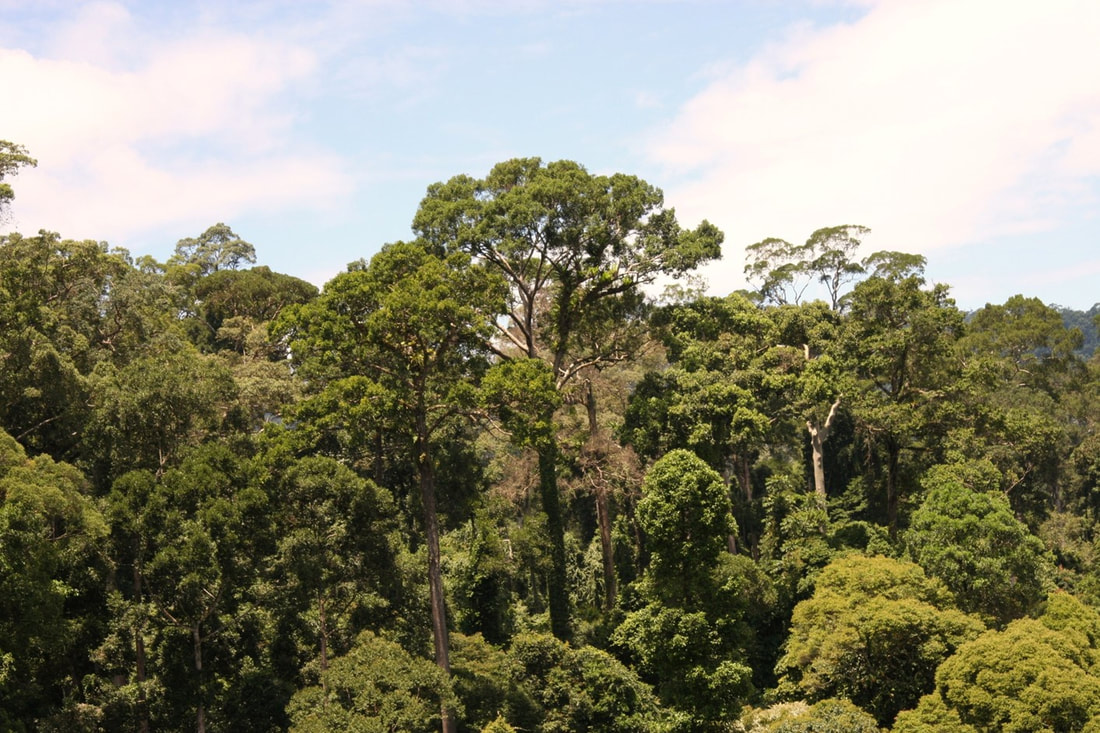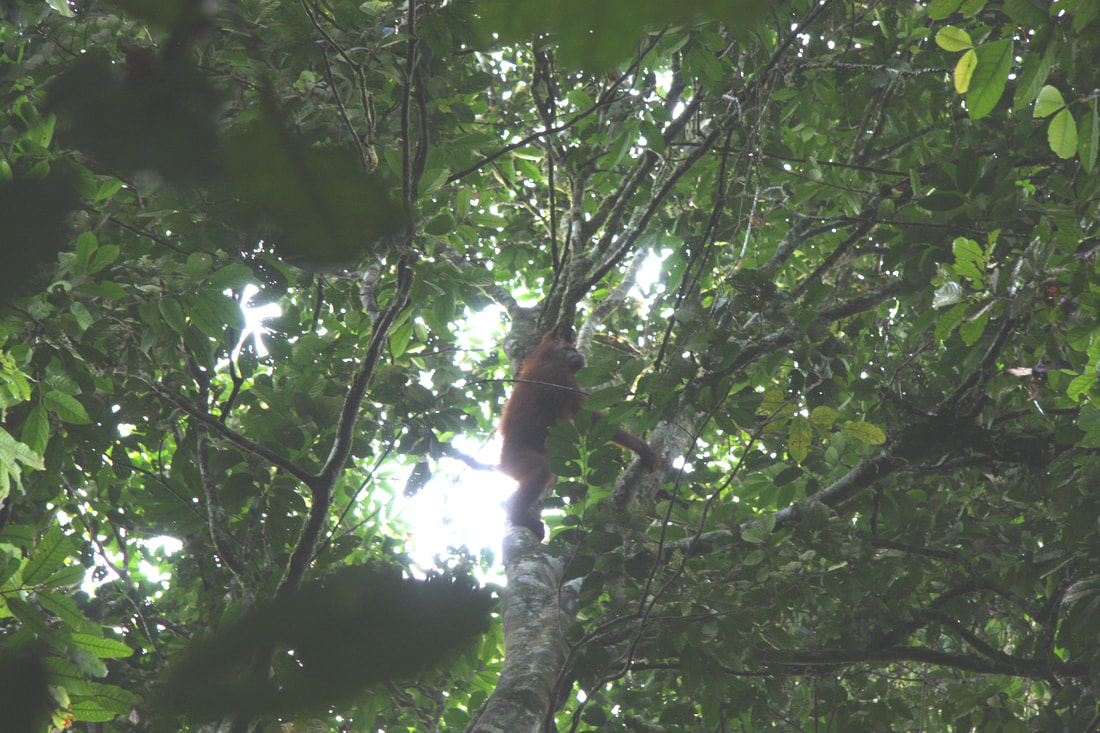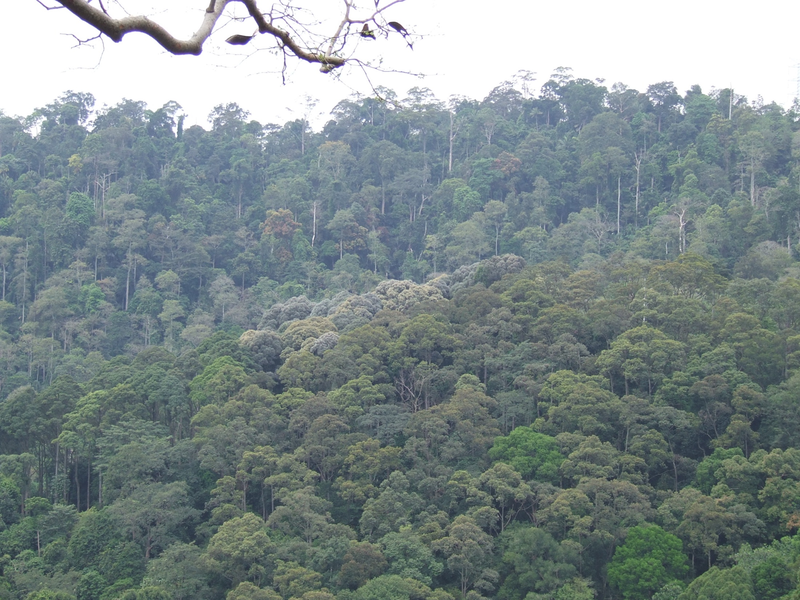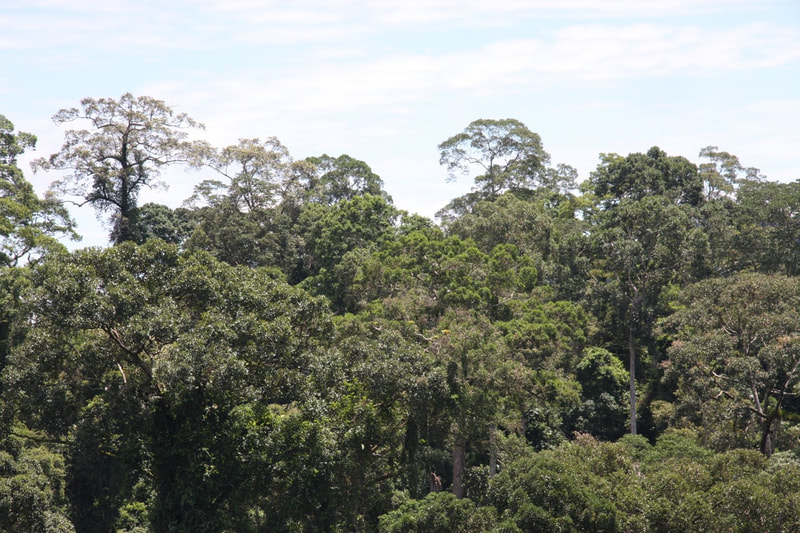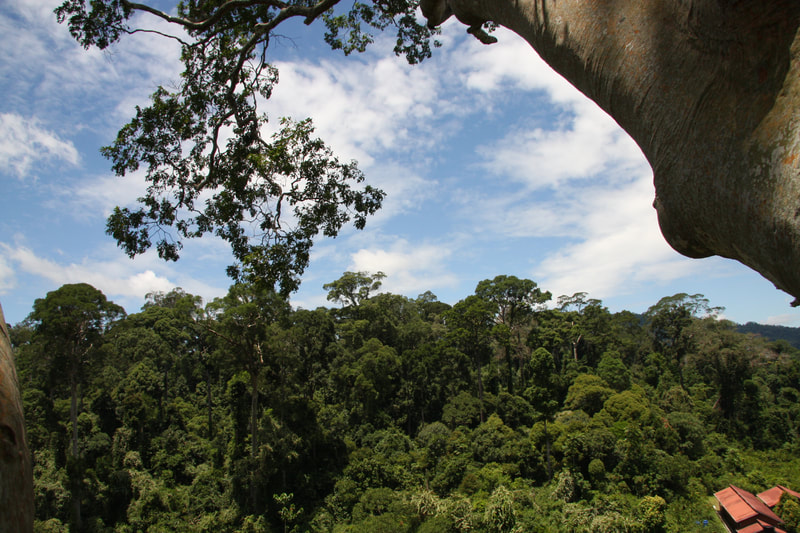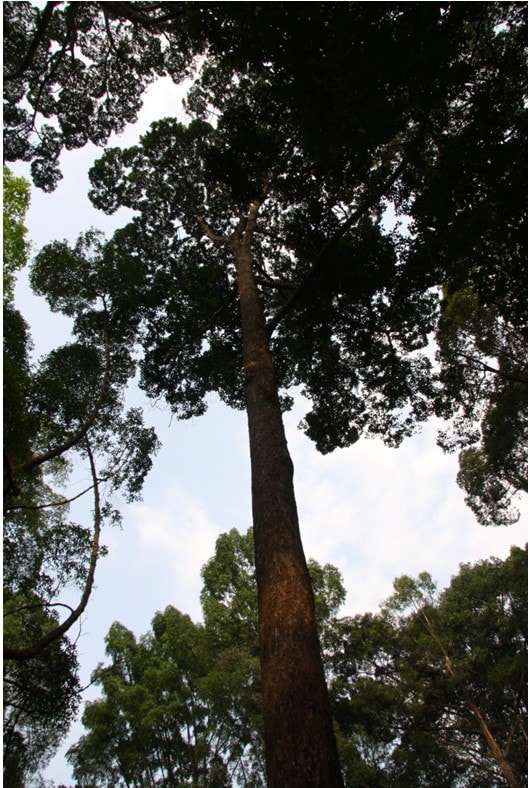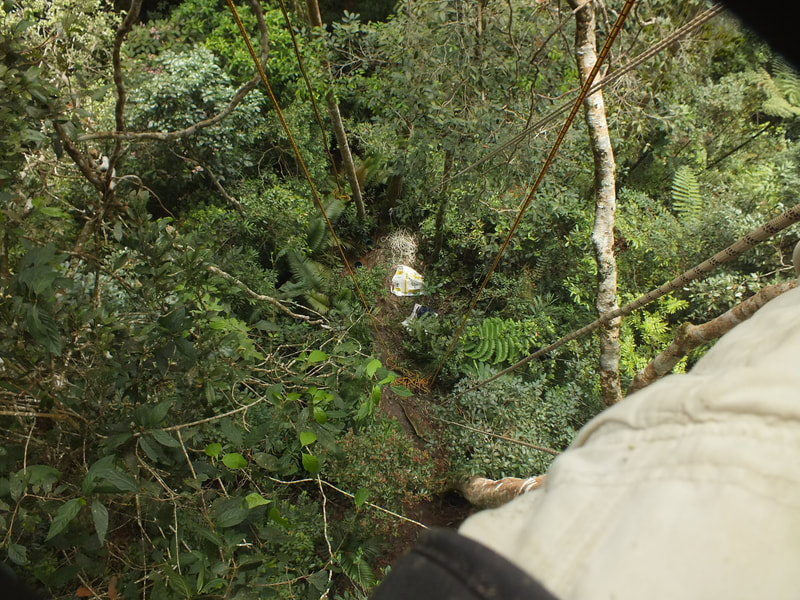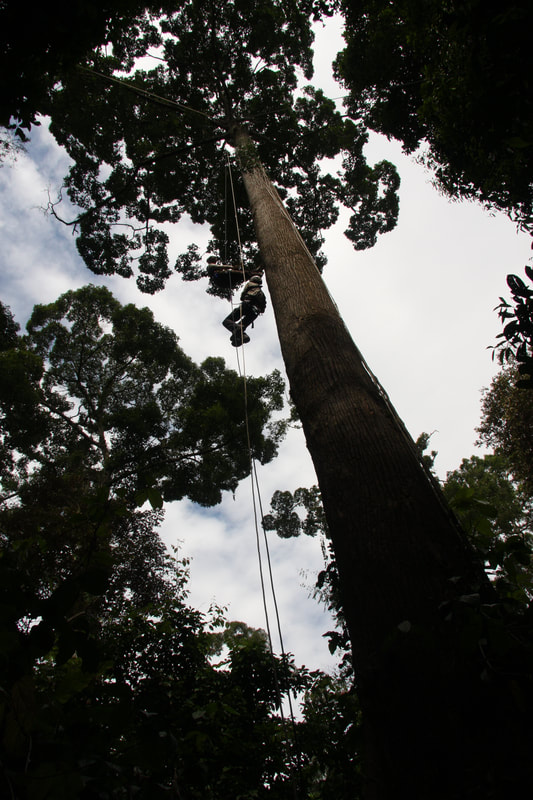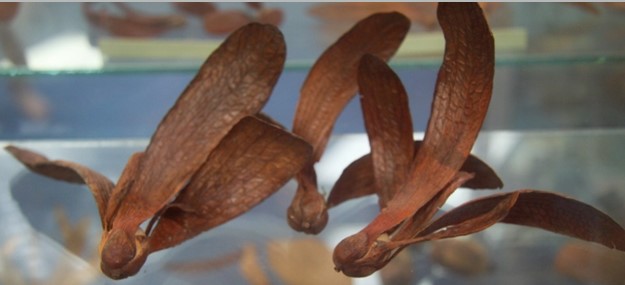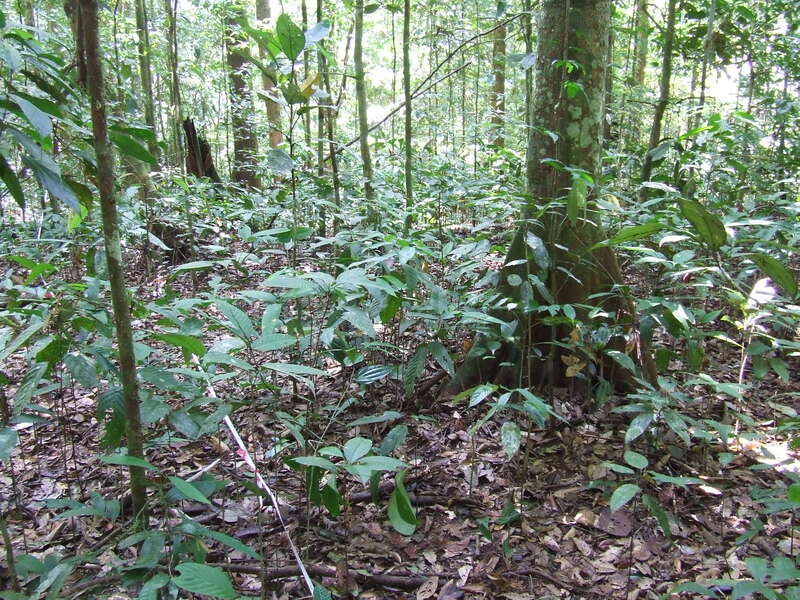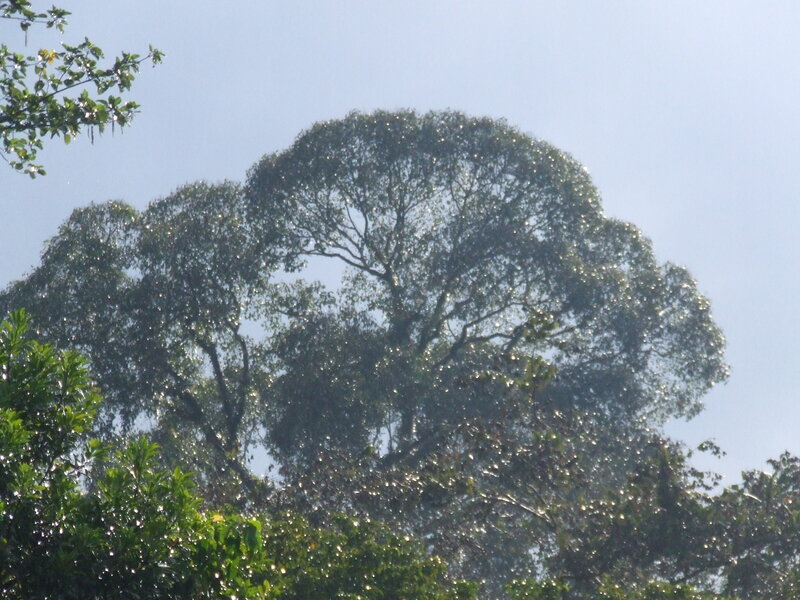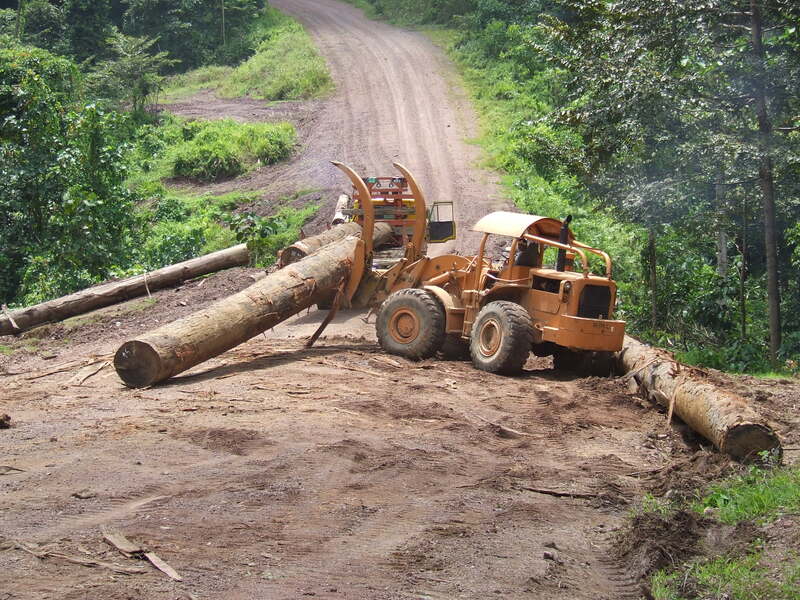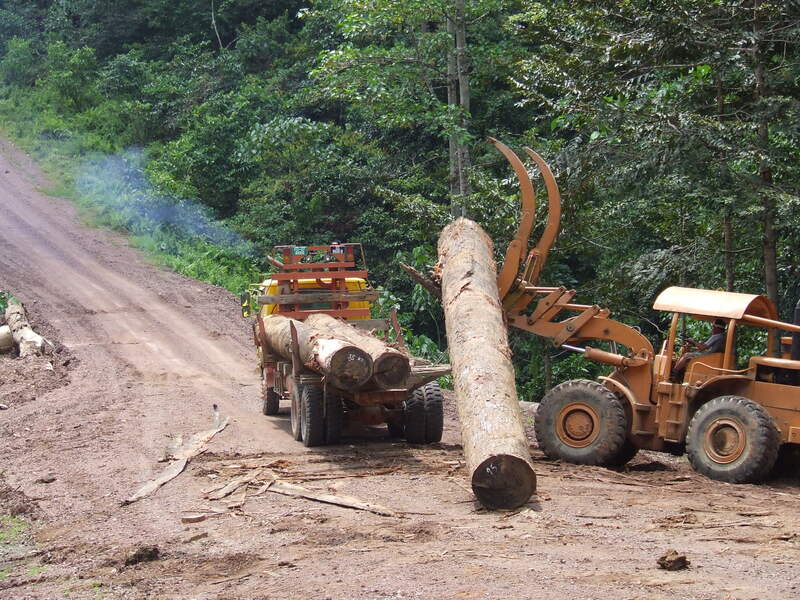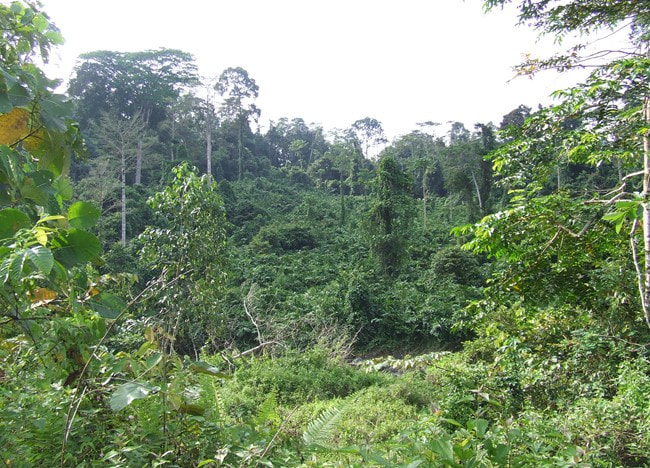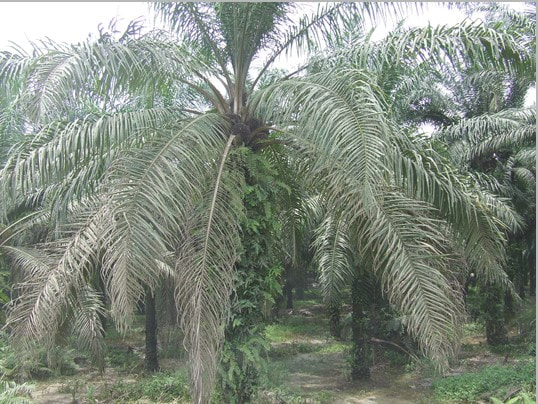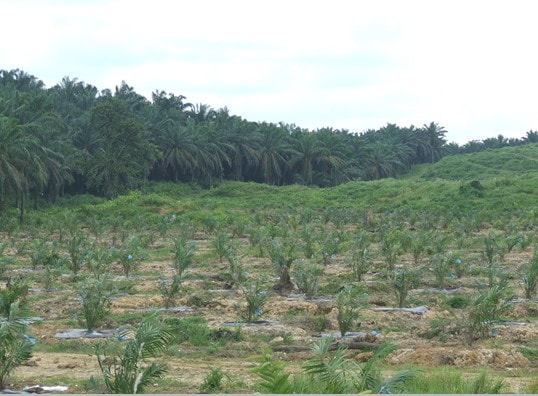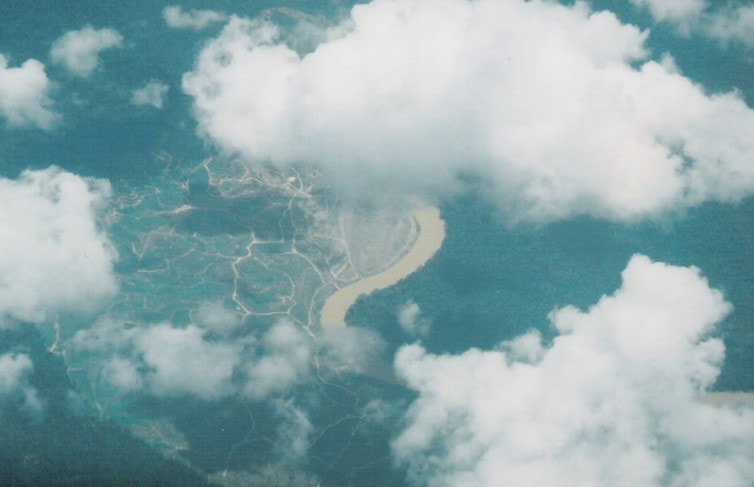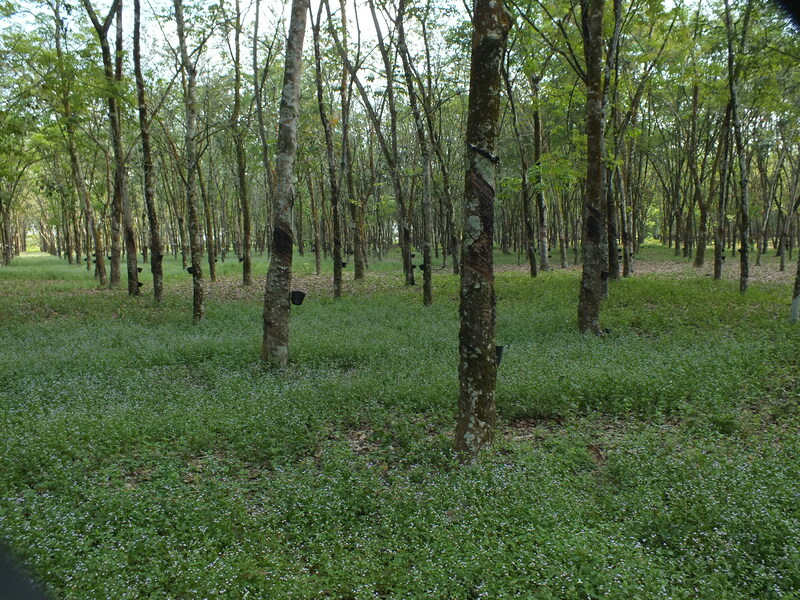|
Mixed lowland dipterocarp forests are one of the major forested landscapes in SE Asia and are composed of a suite of species but dominated by the dipterocarps.
The dipterocarps were named after the first described genus, Dipterocarpus.
|
Working from left to right, starting top left: Mixed dipterocarp canopy at FRIM, Malaysia,Mixed dipterocarp canopy at Danum valley, note the emergent trees in the back ground, view of a secondary forest at Danum valley, Shorea foxworthyi at FRIM, looking down the bole of a Vatica species at Fraser's Hill, Malaysia, Looking up at the rigging in a Parashorea species at Danum valley, seeds of S. foxworthyi, mixed seedling bank in the understory of primary forest, Danum valley, a masting Shorea species in 2010, Danum valley.
|
The dipterocarps are a highly threaten group of trees across many of the countries they occupy and are particularly vulnerable in Malaysia and Indonesia.
|
The threat to dipterocarp trees comes from two main sources:
Its easy to get very pessimistic about the logging and land conversion in S.E.Asia but there are some excellent examples of conservation work occurring in the region and there are strategies to conserve the dipterocarps based on seedling banks, nurseries and enrichment planting. Explore the conservation of dipterocarp forests here. |
Working from left to right, starting top left: Loading logged dipterocarps using heavy machinery, degraded forest coupe following 1970's logging. Here the ground has been so heavily compacted it is very difficult for seed recruitment to occur,mature oil palm, establishing a young oil palm plantation, aerial view of converted forest to oil palm, Sabah. The last two images are of a rubber plantation in Malaysia.
|
The diversity of dipterocarp forests:A SLIDE SHOW
Home
Explore Agriculture
Conservation in the Farmed Environment
Explore Conservation
Explore Conservation of Dipterocarp Forests
Make a Difference
Private Courses
Explore Agriculture
Conservation in the Farmed Environment
Explore Conservation
Explore Conservation of Dipterocarp Forests
Make a Difference
Private Courses
